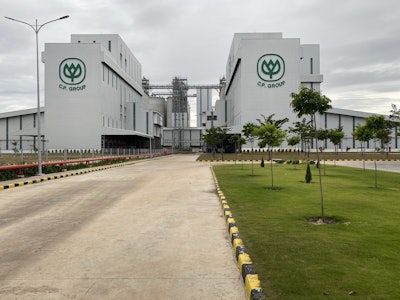
Binh Phuoc Animal Feed Factory, CP Vietnam Livestock Joint Stock Company
Nguyen Hai
As Vietnam's economy surges ahead of its Southeast Asian neighbors, the country's animal feed sector is experiencing robust growth fueled by steady demand.
Log in to view the full article
Subscribe to Magazine